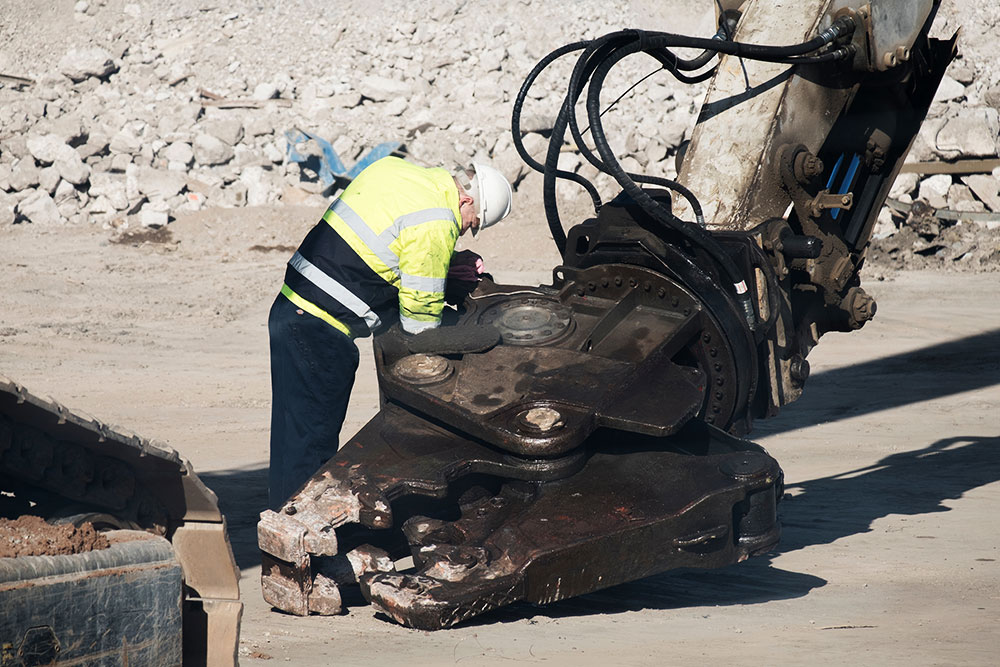
A fire strategy plan outlines a building’s fire safety measures. It should prove compliance with relevant regulations and explain how fire risks have been managed.
Excluding private homes, every building needs a fire strategy plan in place.
In this blog, we’ll cover what a fire strategy plan is and what it typically includes. We’ll also explain who is responsible for its implementation. Understanding these key points will help you ensure that your building is protected against fire risks and compliant with building and fire safety regulations.
Key Takeaways
- A fire strategy plan outlines how fire safety is managed within a building and is required for non-domestic properties in England.
- It must address critical fire safety elements such as building layout, fire detection, evacuation procedures and risks of internal and external fire spread.
- The Building Regulations 2010 require that fire safety information is passed from clients to the responsible person after building work has concluded.
What is a Fire Strategy Plan?
A fire strategy plan is a formal document that describes a building’s fire safety approach. It details how fire risks have been addressed and provides guidance on evacuation procedures, fire prevention systems and emergency response.
This record is essential for proving that a building meets fire safety regulations, as it shows measures are in place to protect occupants and the structure itself.
But fire strategy plans aren’t just evidence of compliance. They should actually help protect people and property from fire. Fire strategy plans must detail the building’s fire safety features, describe how occupants have been prepared and explain the actions to take during an emergency.
When is a Fire Strategy Plan Needed?
A fire strategy plan is required for any multi-residency building or building used for commercial or public purposes. This includes:
- Offices
- Factories
- Hospitals
- Schools
- Blocks of flats
Fire strategy plans are required under the Building Regulations 2010, specifically regulation 38.
Regulation 38 requires anyone carrying out building work to collect the relevant fire safety information and pass it on to the responsible person – the individual accountable for fire safety under the Regulatory Reform (Fire Safety) Order 2005.
However, fire strategy plans aren’t just for new builds. The term “building work” also describes alterations to existing buildings. When significant renovations or changes in building use occur, the fire strategy plan should reflect the new fire safety risks and measures.
Updating fire safety information is also a legal requirement under the Building Safety Act 2022, which tasks duty holders with maintaining the “golden thread” – the unbroken chain of a building’s fire safety records.
Fire Safety Training
Our Fire Safety Training course gives a basic understanding of fire prevention principles, the sources of ignition and fuel and safe systems of work to prevent fire hazards and accidents within the work environment.
Who is Responsible for the Fire Strategy Plan?
Who is responsible for the fire strategy plan depends on where a building is in its lifecycle.
During building work (construction or alterations), it’s the duty of those carrying out the work to ensure that a fire strategy plan is created and complies with the Building Regulations 2010. Once the building is occupied, this plan must be handed over to the “responsible person.”
The responsible person could be an employer, building owner or facilities manager, depending on the circumstances. They’re tasked with maintaining the fire strategy plan, ensuring that it remains up to date and implementing the fire safety measures outlined within it.
Duty holders shouldn’t create the fire safety plan themselves, though. Fire strategy documents are complex and take specialist knowledge to develop. Clients during the construction phase and responsible persons during occupancy should contract a competent fire safety professional or fire engineer to actually create the plan.
What does a Fire Strategy Plan Include?
A fire strategy plan must provide a detailed overview of how fire safety is managed within a building. It covers various critical aspects, which are outlined below:
Building Layout
The building layout section ensures that anyone responsible for fire safety understands how the building is designed to facilitate safe evacuation in the event of a fire.
It should include detailed floor plans that show the design of the structure, including the locations of fire exits, fire doors and escape routes. It must also identify high-risk areas, such as kitchens or storage areas with flammable materials.
Fire Detection Systems
This part of the plan outlines the fire detection systems in place, such as smoke detectors, heat sensors and fire alarms.
It explains where these devices are located and how they work to provide early warning in case of fire. Ensuring a reliable detection system is critical to allowing enough time for evacuation and alerting the emergency services as soon as possible.
Fire Suppression Systems
Fire suppression systems are essential to prevent fires from spreading. This section of the fire strategy plan includes details about the types of systems installed, such as sprinklers, fire extinguishers or gas suppression systems.
It also specifies where these systems are located and how they work.
Evacuation Plans
A clear and well-rehearsed evacuation procedure is critical to ensuring occupants’ safety during a fire.
The fire strategy plan must outline how the building should be evacuated in an emergency. This includes designated escape routes and assembly points. It should also detail provisions for vulnerable individuals, such as those with mobility issues.
Internal Fire Spread
Internal fire spread refers to how fire and smoke move within the building. The fire strategy plan must include measures to limit this spread, such as fire-resistant walls, floors and doors.
The design should compartmentalise the building to contain a fire within a specific area, giving occupants more time to evacuate and limiting damage to the property.
External Fire Spread
External fire spread focuses on preventing the fire from spreading to adjacent buildings.
The fire strategy plan must account for materials used on the exterior of the building and prove that they’re fire-resistant.
It should also consider the distance between buildings and any external fire hazards, such as fuel stores or nearby vegetation. These measures help prevent fires from escalating and affecting neighbouring properties.
Maintenance Procedures
Proper maintenance is essential for fire safety measures to remain effective. This section of the fire strategy plan details the procedures for inspecting and maintaining fire safety systems, including fire alarms, extinguishers and suppression systems. Regular maintenance ensures that all systems are compliant and in good working order.
Fire Safety Training
Understanding and implementing a comprehensive fire strategy is critical to safeguarding any building and ensuring compliance.
But fire safety goes beyond just having a plan in place – training is essential to ensure everyone involved knows how to respond effectively to fire risks.
Our Fire Safety Courses cover all aspects of fire safety, from risk assessments to fire door installation. These courses ensure that you and your team are fully equipped to manage fire risks, protect occupants and ensure compliance.
Whether you’re a building manager, safety officer or responsible person, these courses provide the knowledge and practical skills needed to implement an effective fire strategy plan.






















